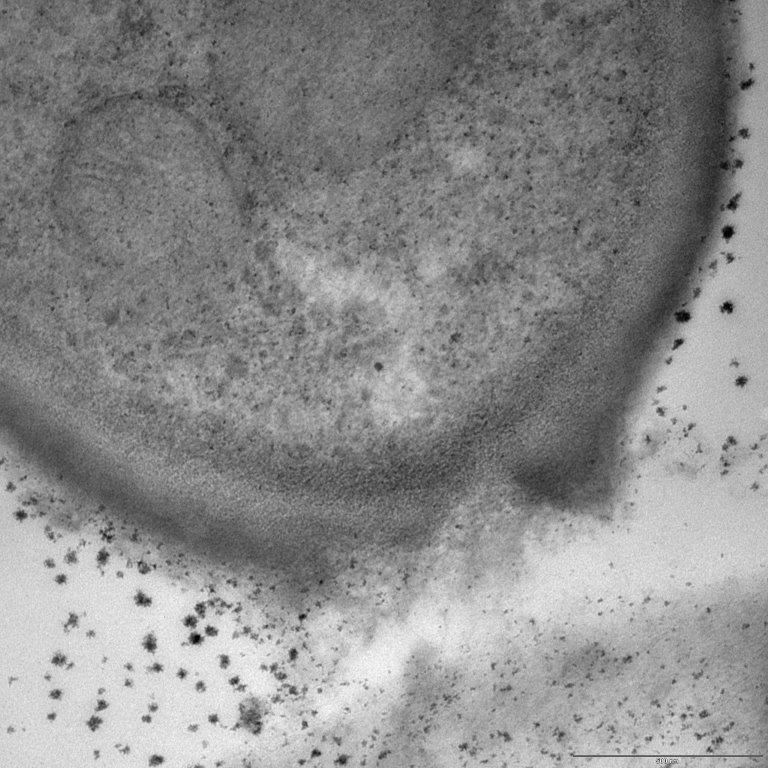Always Improving: That’s the Beauty of Biologicals
Biologicals, as Jason Haegele sees it, are not just the final frontier in agriculture, writes Jackie Pucci at CropLife. They are also coming to the rescue at a time when farmers, fighting evaporating profits, need them most.
“With input prices on the rise, particularly around fertilizer, growers are looking for other low-cost alternatives that can potentially provide benefit,” says Haegele, Agronomist with WinField United, “and, in the case of biologicals, unlock nutrition that’s already in the soil.”
Driving the sustained growth of biopesticides and biocontrols — which at a 16% consolidated annual growth rate far outpaces the relatively flat synthetic crop protection products market — is still the fruit and vegetables market, where 80% of the products’ sales are concentrated, according to Mark Trimmer, Managing Partner at biologicals research firm DunhamTrimmer. These crops are treated three to six times in a growing season, and growers are more likely to take on the perceived risk of replacing one or more of those applications with a biosolution.

Stockton photomicroscopy of diseased cell rupture by Timorex Gold plant extract-based biofungicide. Photo Credit: STK Bio-Ag Technologies
Contrast that to the bare-minimum total treatments of corn and soybean crops over a season, and a grower is much less likely to go all in on biologicals, particularly in a low commodity price environment. “As the consistency of biologicals performance improves,” Trimmer clarifies, “we will see a slow development in row crops as growers gain confidence in their performance.”
Slow adoption in row crops, that is, for foliar treatments. For one biological category, growth has been and will continue to be swift.
“Biological seed treatments are a breakout category, no question,” Pam Marrone, CEO and Founder of Marrone Bio Innovations, says, citing increased yields from both the biopesticide and biostimulant elements of such products. “What we’re seeing is everybody is going to have a biological on the seed; if they don’t now, they all will.”





